The Lost Dutchman’s Gold Mine is one of the many legends of the Old West. To learn more about it (because we love this type of stuff!), we drove (120 mi) from Tucson to the Superstition Mountain Museum located on the Apache Trail (east of Phoenix).
Formed 30 million years ago, the Superstition Mountain was designated as a Wilderness Area in Tonto National Forest in 1939. It was expanded in 1984 and is now approximately 160,200 acres.
The museum covers 15 acres and has multiple buildings. We began our visit at the main museum.
The first exhibit featured wildlife of the wilderness area. Below some of the exhibits: mountain lion, golden eagle, bobcat, and collared peccary (javalina).
Exhibits included an Apache loom (and rugs), ranch house rifles, a ranch kitchen, and mine bell signals, and other period items.
The original "Dutchman" was Jack Waltz (although he was actually German). The tools he used are on display. And numerous maps (framed) show various locations of the “lost mine,” More than 100 people have claimed to find the mine, but none have been verified. Many believe caches of gold are still hidden near here.
No known authentic photographs of Waltz exist, although some claim to be. Artists created renditions of him as well. Also shown is equipment used at an assay office (where the purity of precious metals was tested) and a cashier at a Wells Fargo location.
On the grounds of the museum, is Apacheland. Built in 1959 in Gold Canyon, it was intended to be the “Western Movie Capital of the World.” Numerous movies were filmed at Apacheland, as well as television productions (Death Valley Days, Have Gun, Will Travel, Wagon Train and more). However, it was destroyed by fire in 2004. The Elvis Memorial Chapel (from the movie Charro!), the Gallows, and the Audie Murphy Apacheland Barn are all that remain. They were relocated to the Superstition Mountain Museum grounds. Today, the chapel can still be reserved for weddings, vow renewals, etc.
More outdoor displays included this stagecoach and gallows. The jail was also used in my productions.
A huge garden-scale model train exhibit, Dutchman’s Gulch, is a seasonal display (does not operate in the summer). The exhibit illustrates the key role railroads played in the history of AZ from 1875 to 1930. With 1500’ of 45-mm gauge track, several steam engines pull 40+ cars. The history is portrayed in miniature beginning with Native Americans; then Spanish missions; followed by prospectors, explorers, and settlers. Ranches, towns, and mines were established along the railroad.
The detail of the exhibit was incredible! We had a neighbor in PA (Archie) who had an amazing garden-scale model train, too. Every year he added to it. Everyone loved it when he ran the trains every Sunday (weather permitting). And he definitely would have enjoyed seeing this one!
What is a 20-Stamp Ore Mill? A large mechanical device (this one weighs 70 tons) used to crush ore than contains precious metals (gold, silver, copper) by pulverizing rock into fine sand. The first ore stamp mill was built in the North Carolina in 1829. It was a critical component to the mining process.
There is a lot more to see at the museum, but we were anxious to see the sights along Apache Trail to Lake Roosevelt. We made a couple of stops en route to Canyon Lake to enjoy the lovely views of the Sonoran Desert and mountains.
Canyon Lake (in the Tonto National Forest) was formed when the Mormon Flat Dam was completed in 1925. The water is collected from the Salt River watershed.
Continuing east we came to Tortilla Flat. It was a stop on the Yavapai Trail between Tonto Basin and the Salt River Valley prior to 1906. When Roosevelt Dam was built, it became an important stop for supplies and water.
Legend has it that the old Dutchman ate here. And that Wyatt Earp took a bath in this tub!
We continued on towards Apache Lake, ever though some folks in Tortilla Flat had advised against it. When we came upon this flooded area, we realized that our Mini Countryman may not have the clearance to get through it.
And this is not a good place to get stuck! So, having thoroughly enjoyed our day, we turned around and headed back to Tucson.
Admission to the Superstition Mountain Lost Dutchman Museum was $4/seniors ($5/adults). For additional information about the museum, go to www.superstitionmoutainmuseum.org. For more information about Tortilla Flats, go to www.tortillaflataz.com.
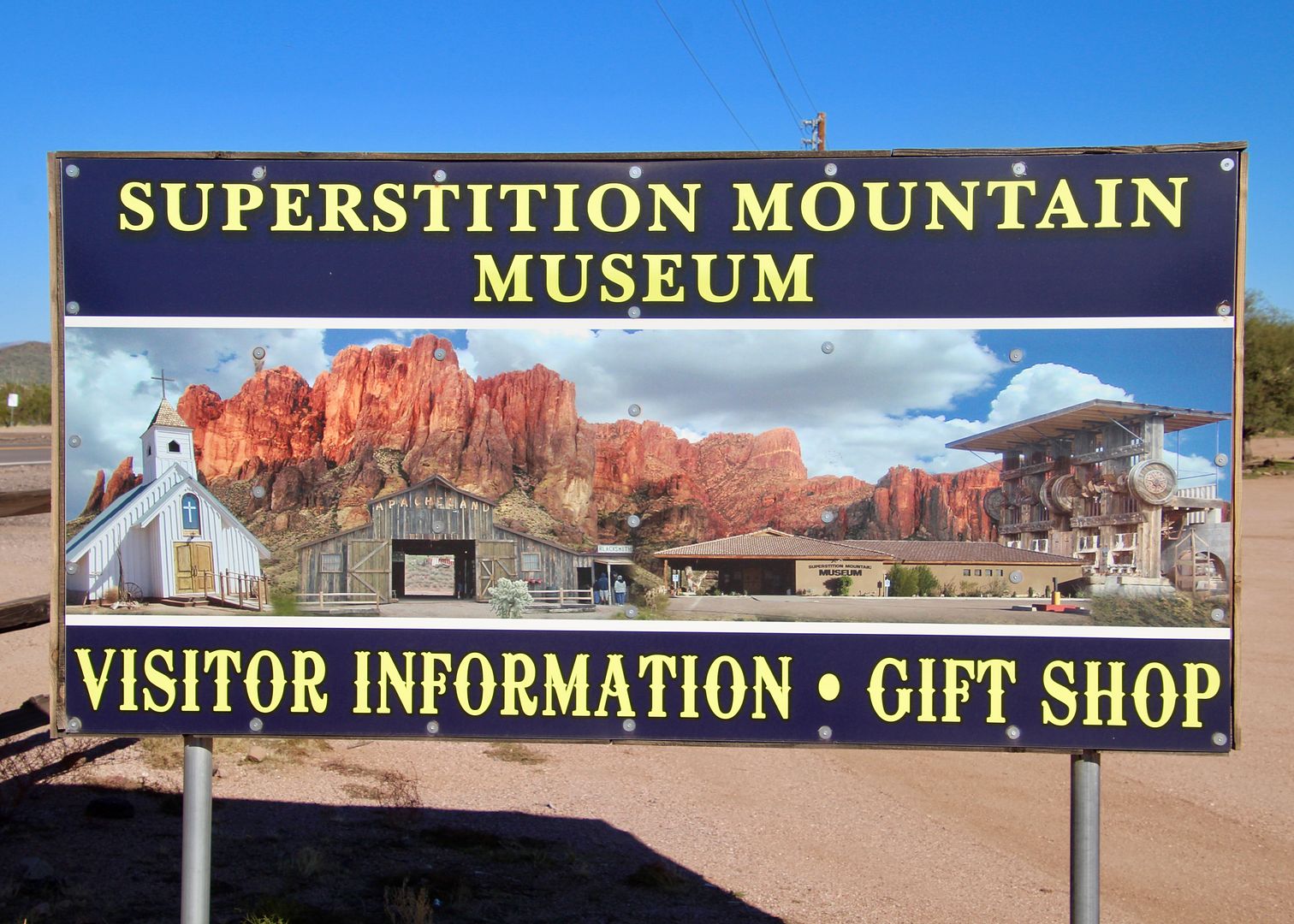

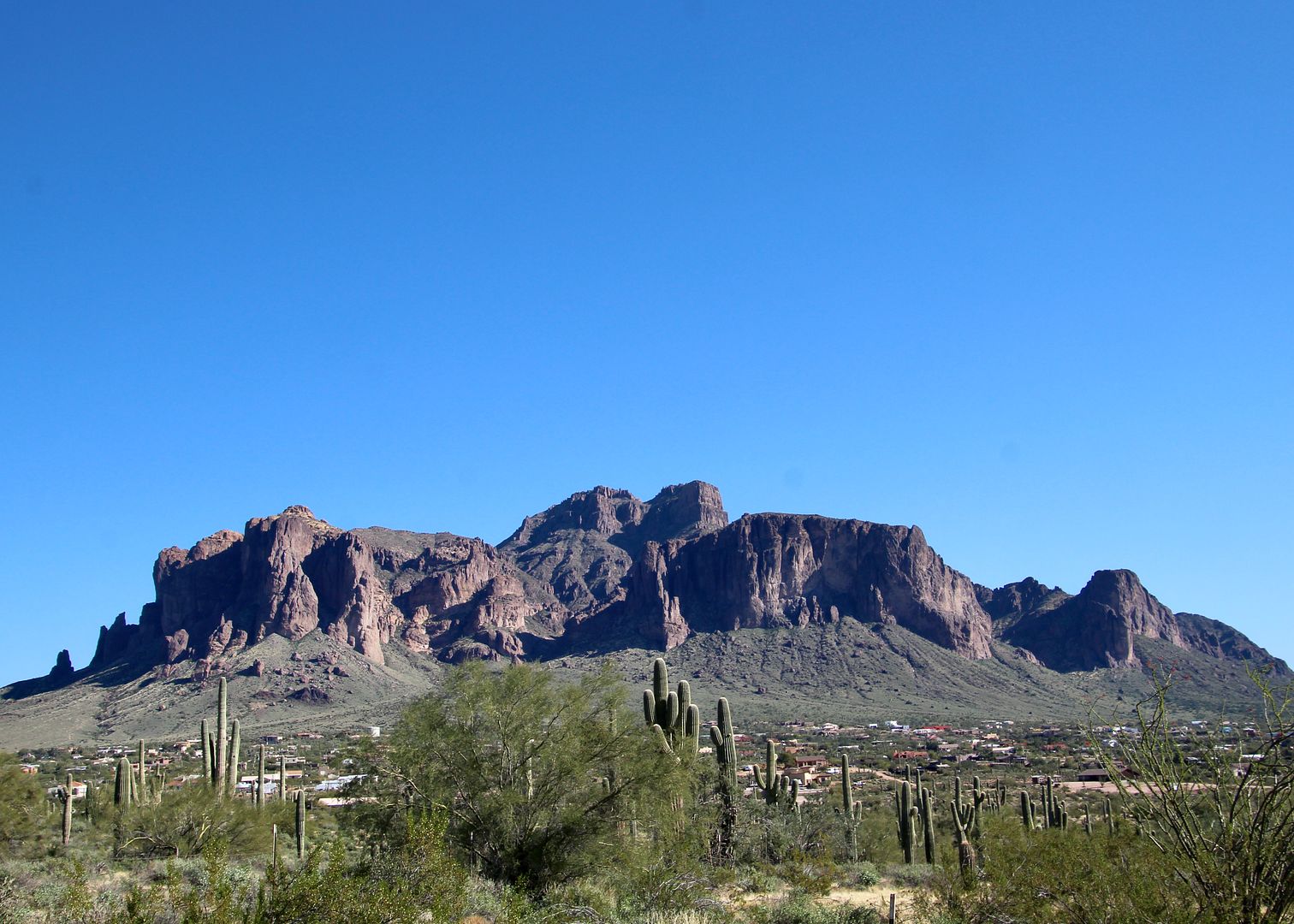

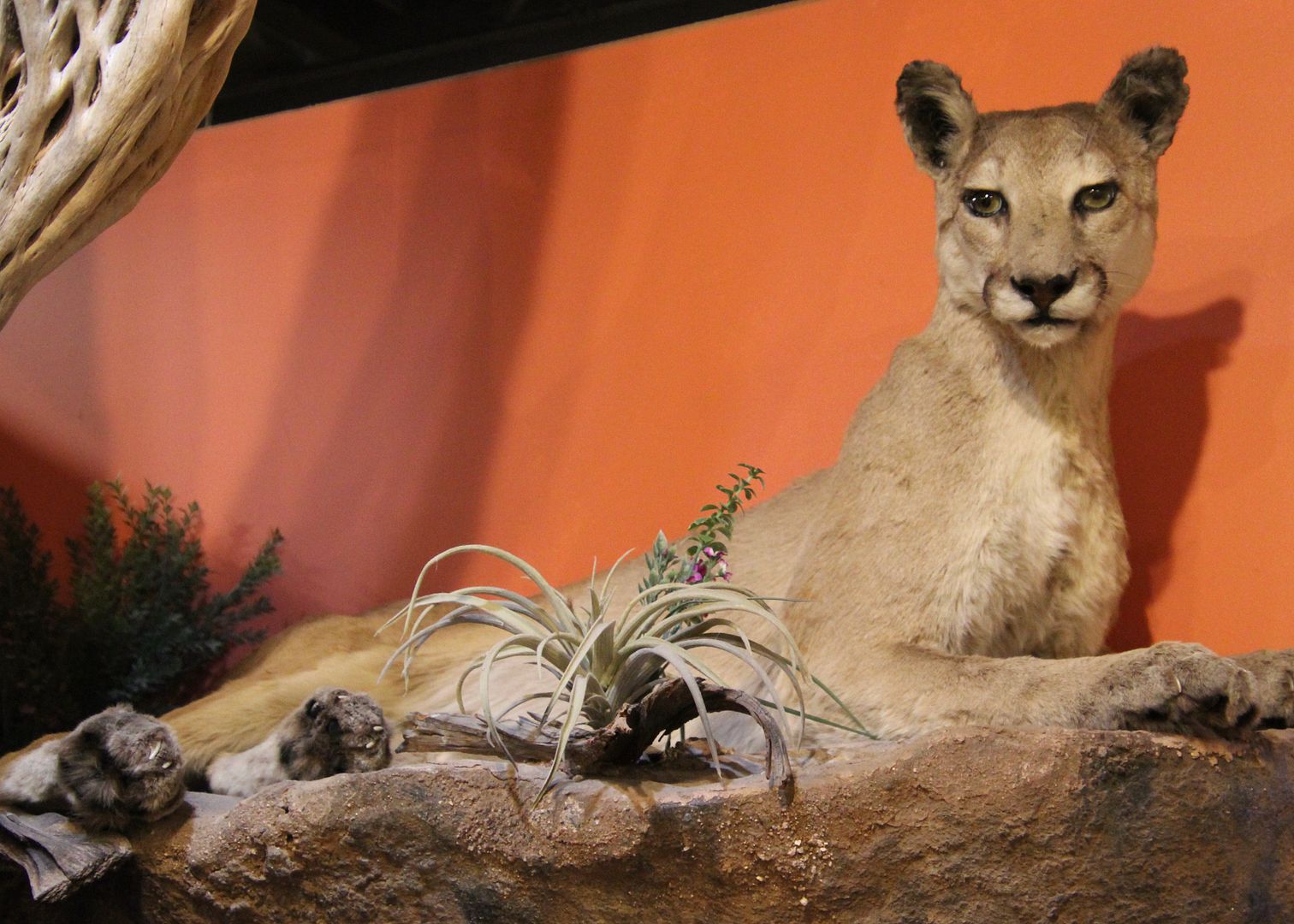


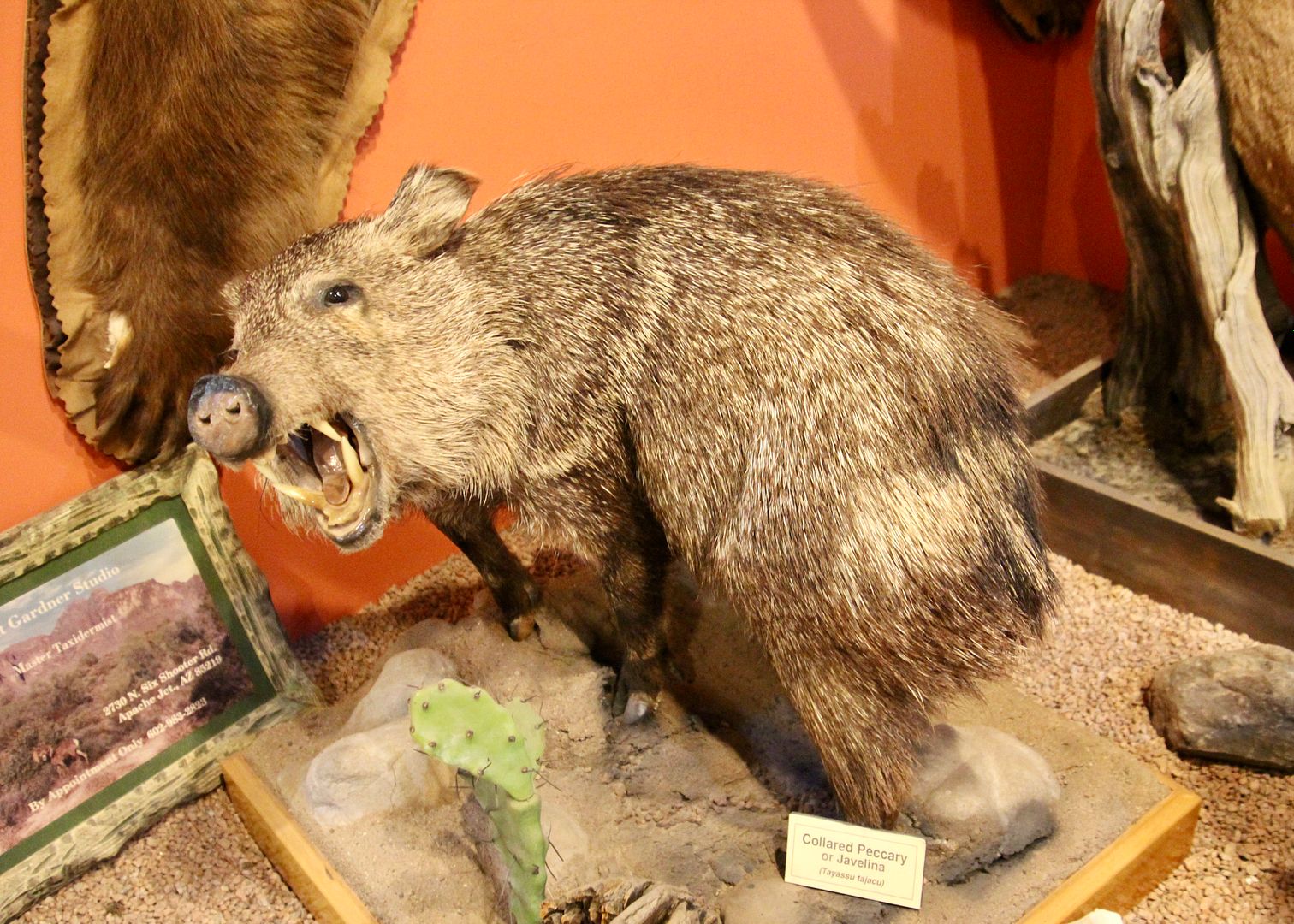

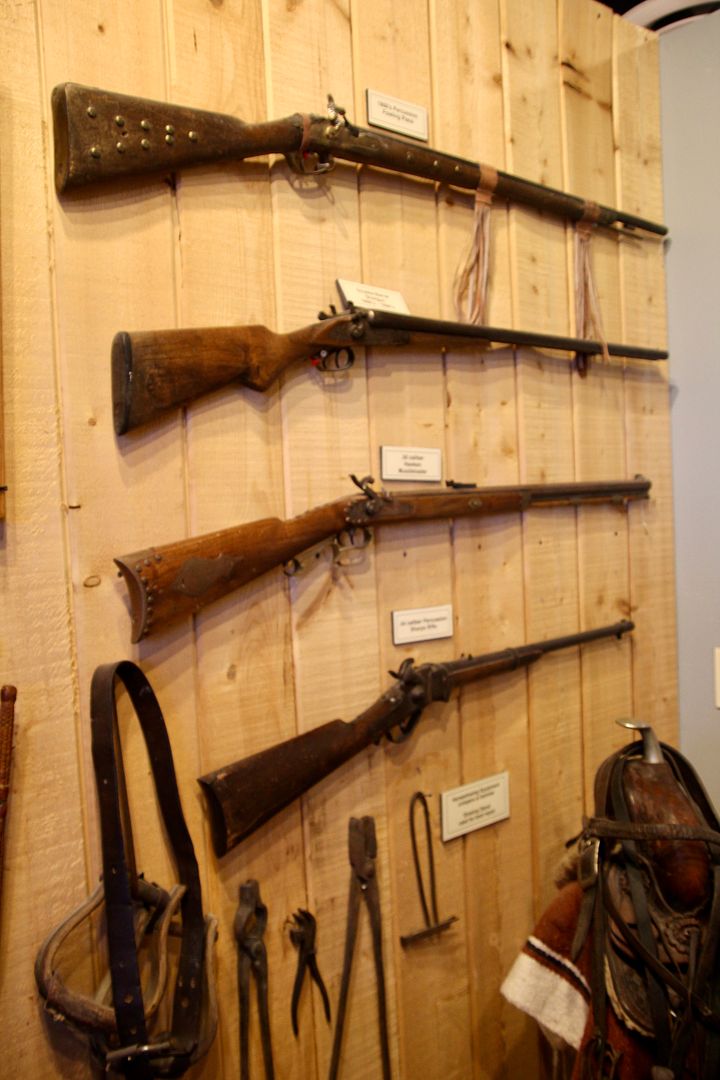
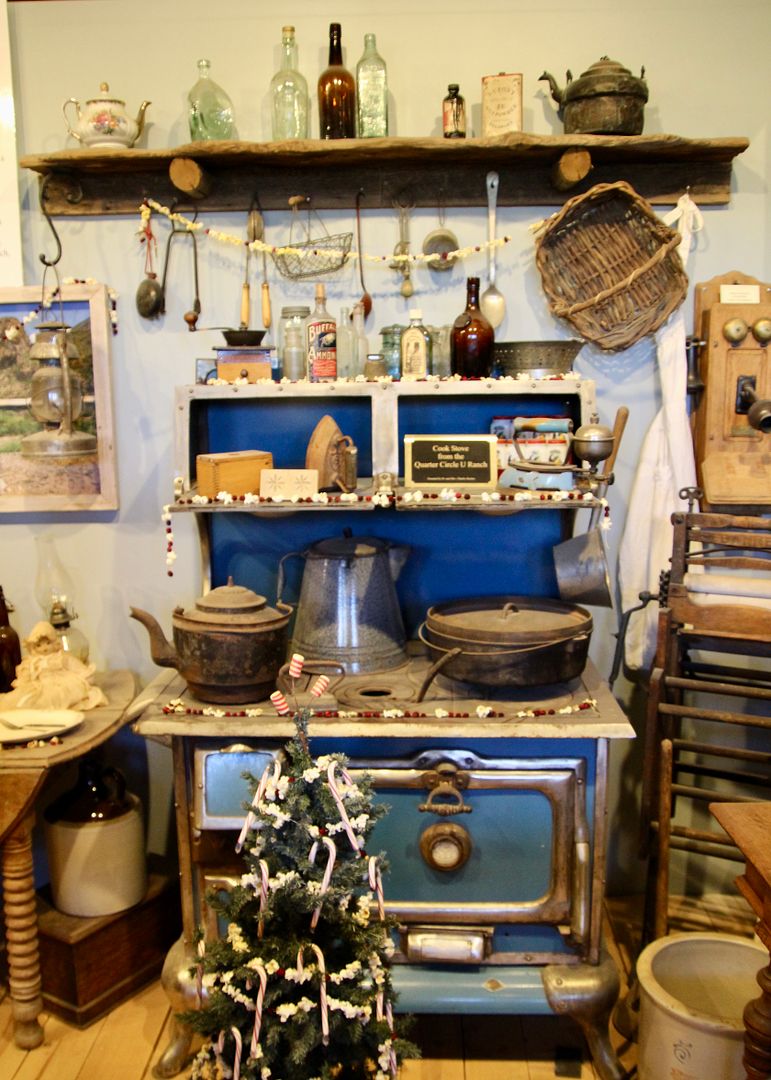
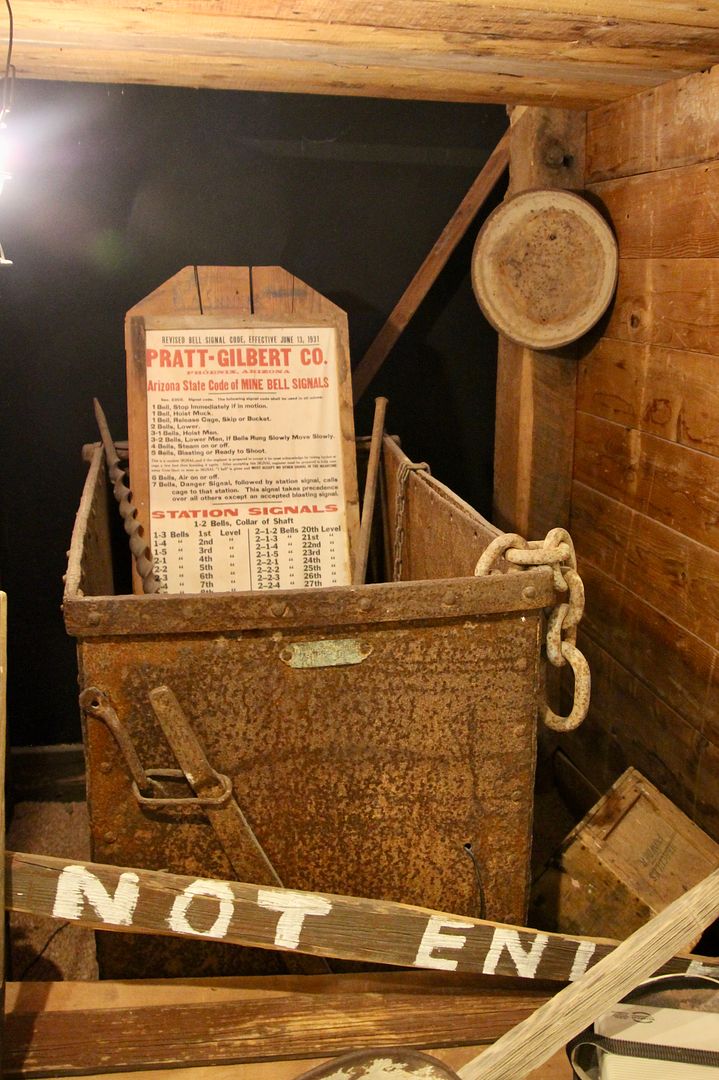
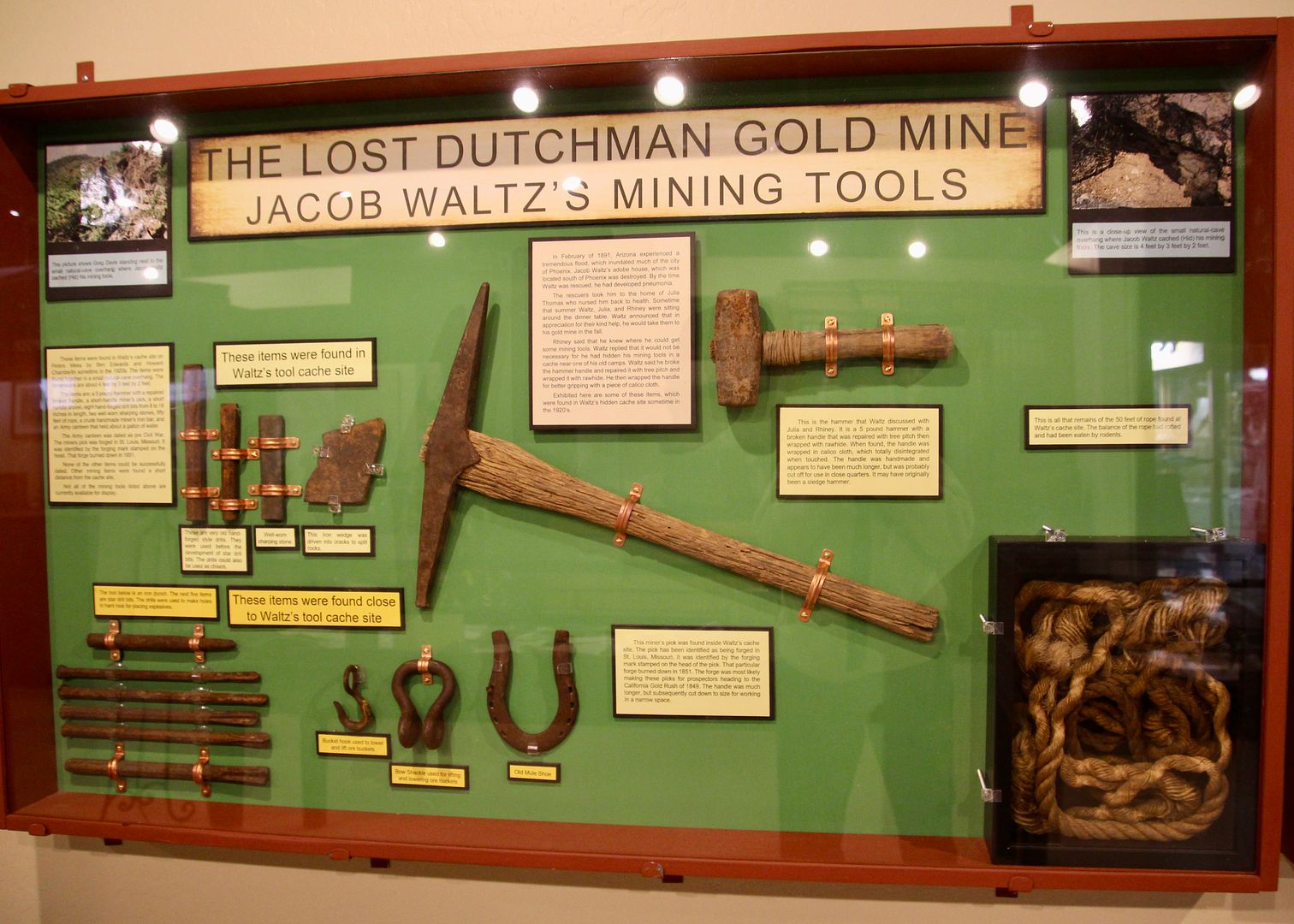
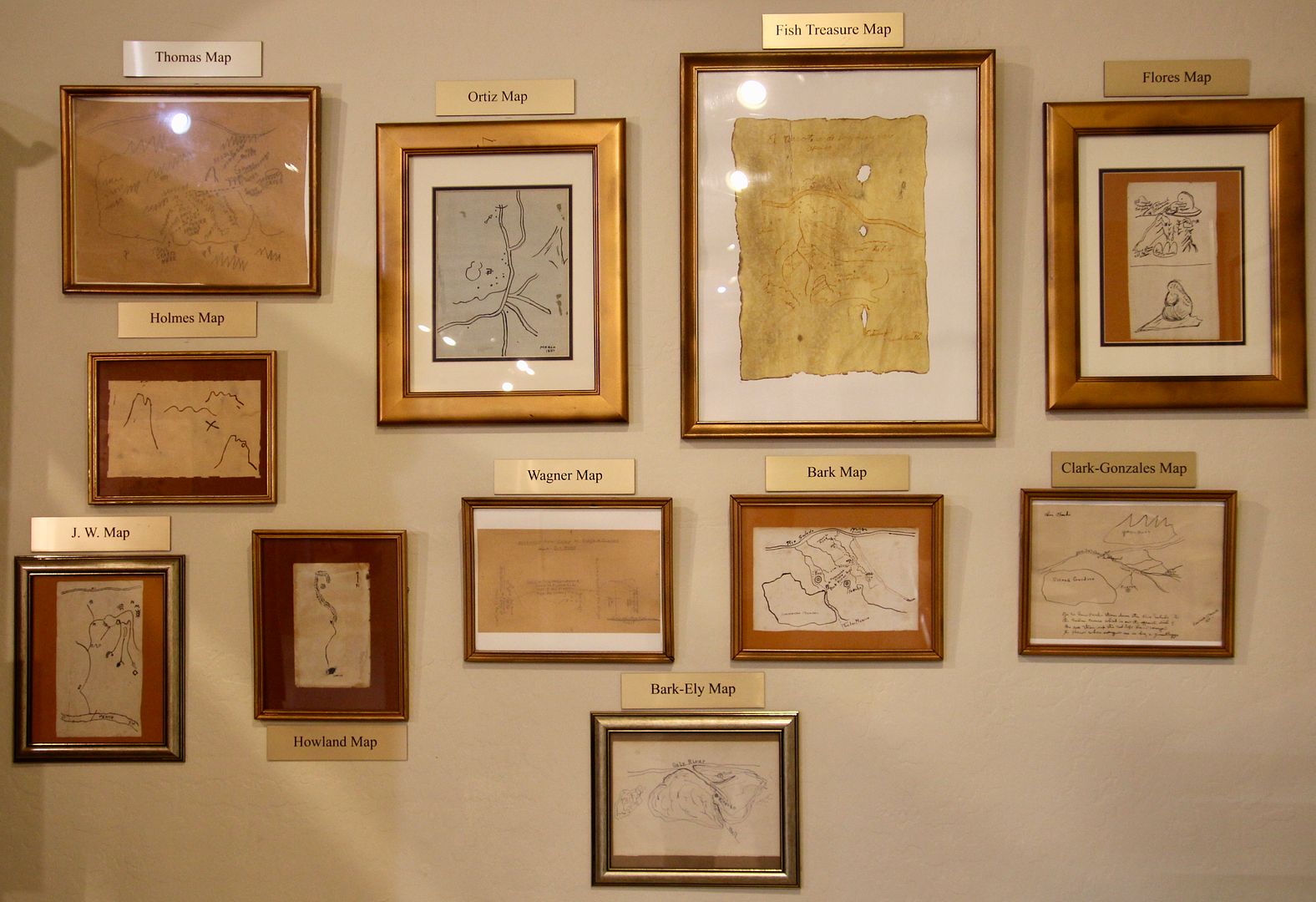
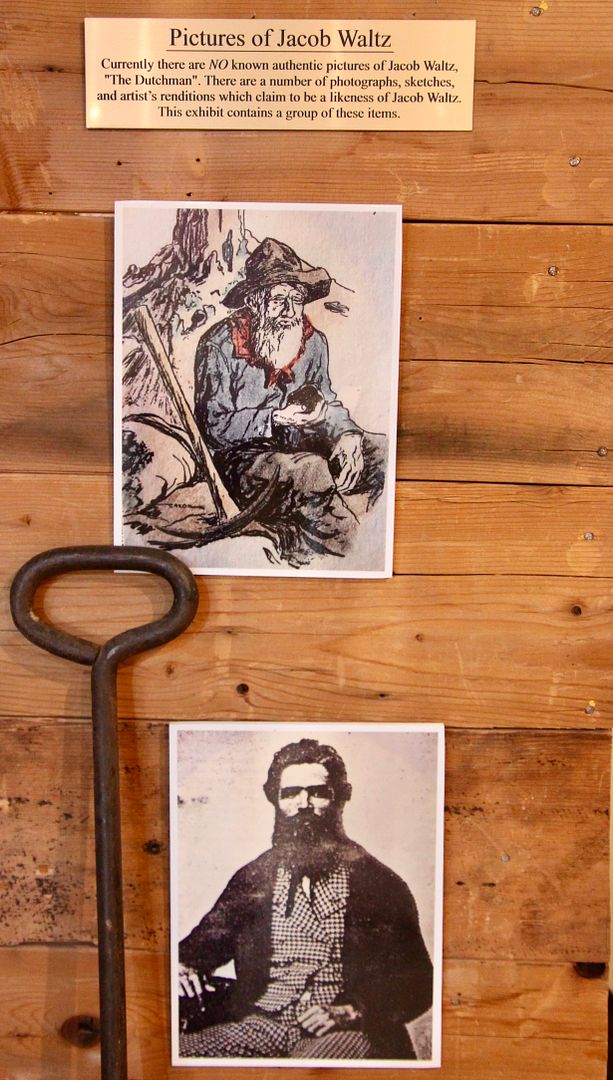
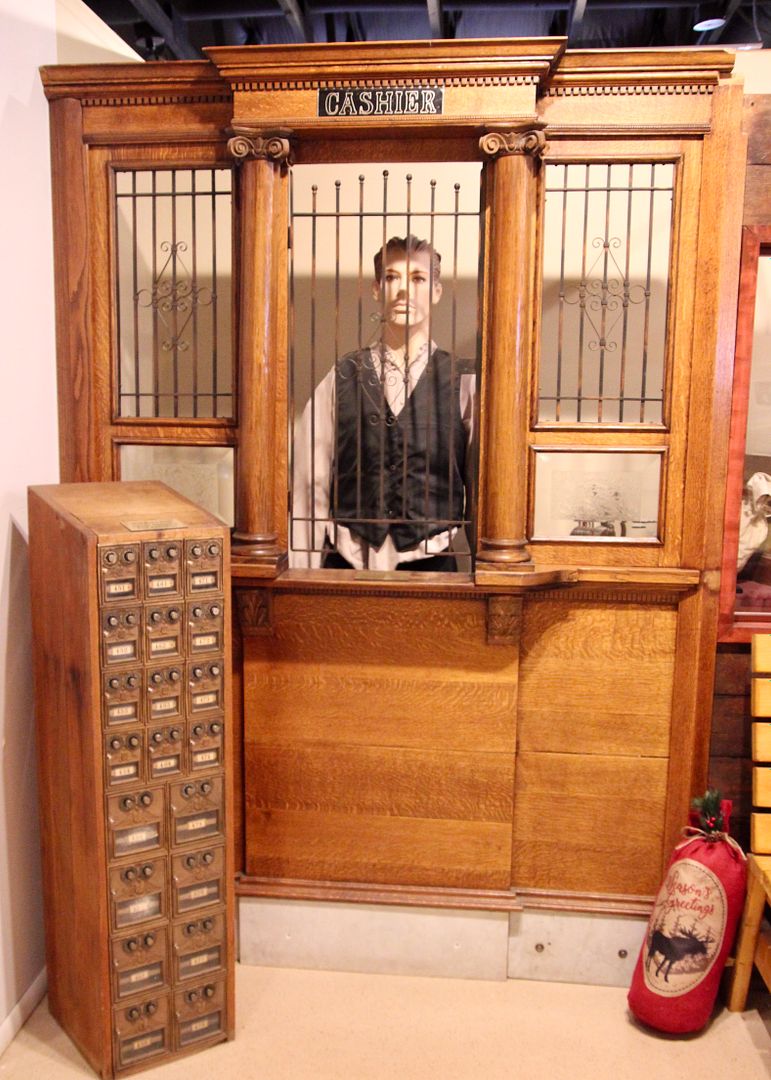

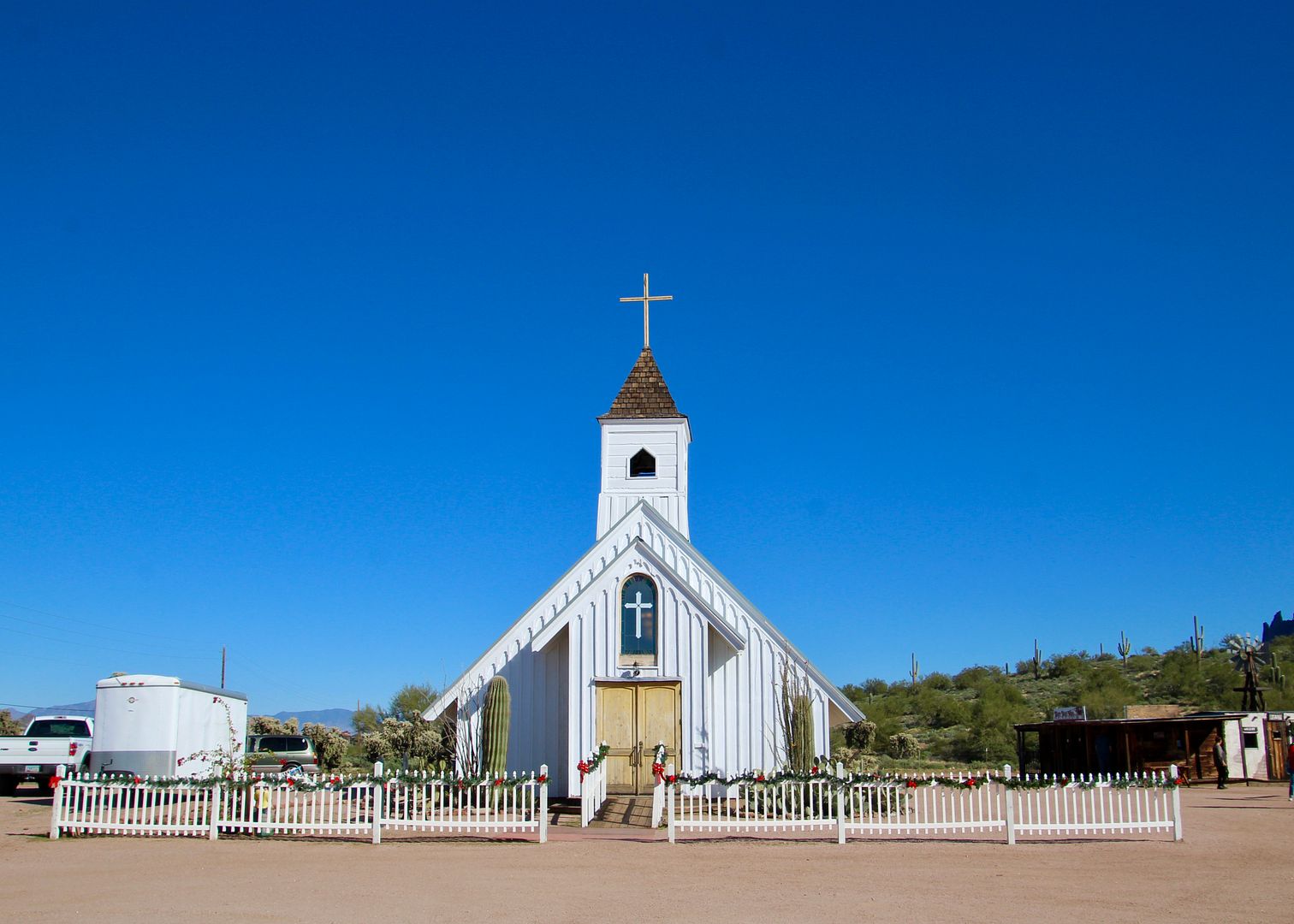
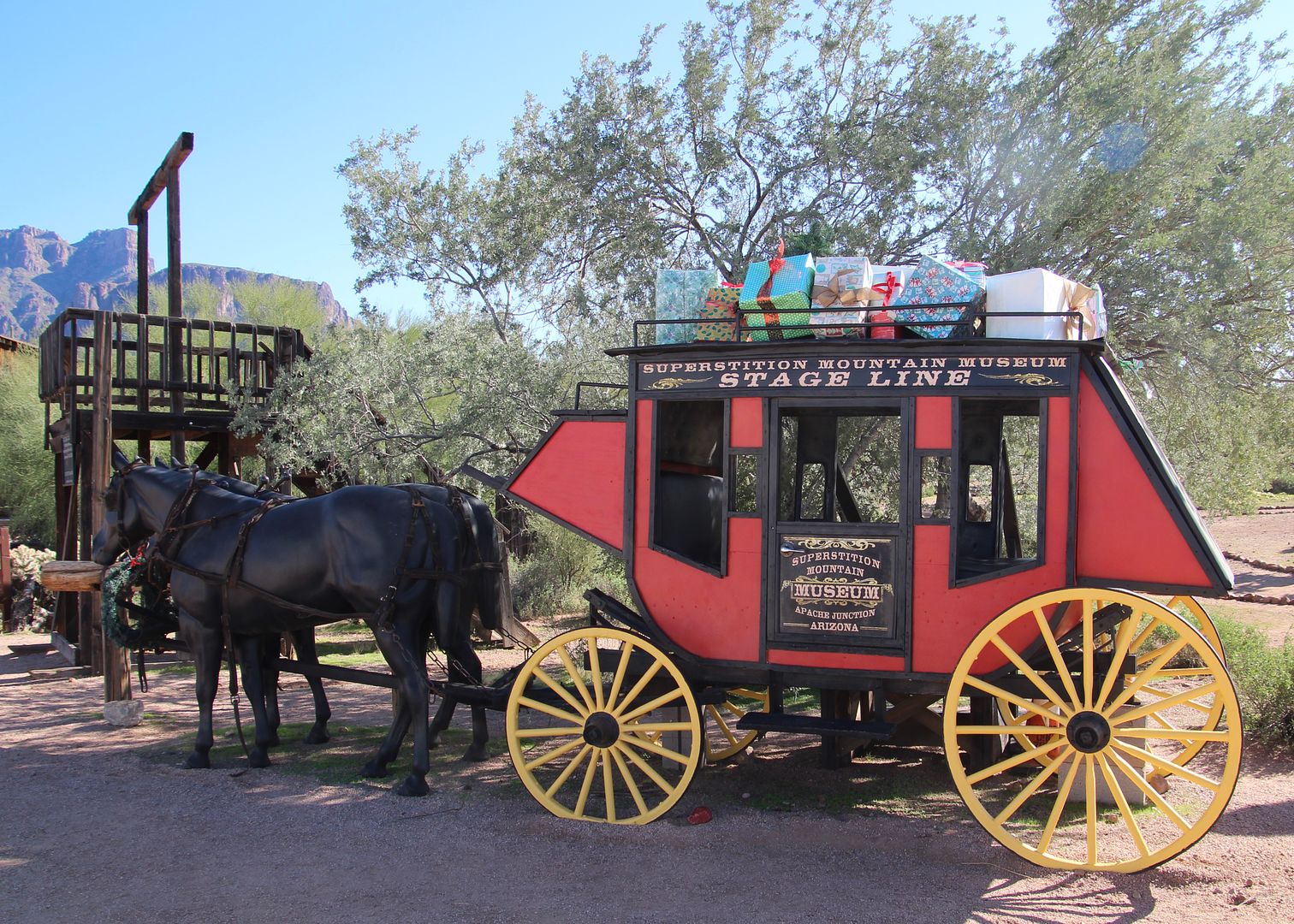
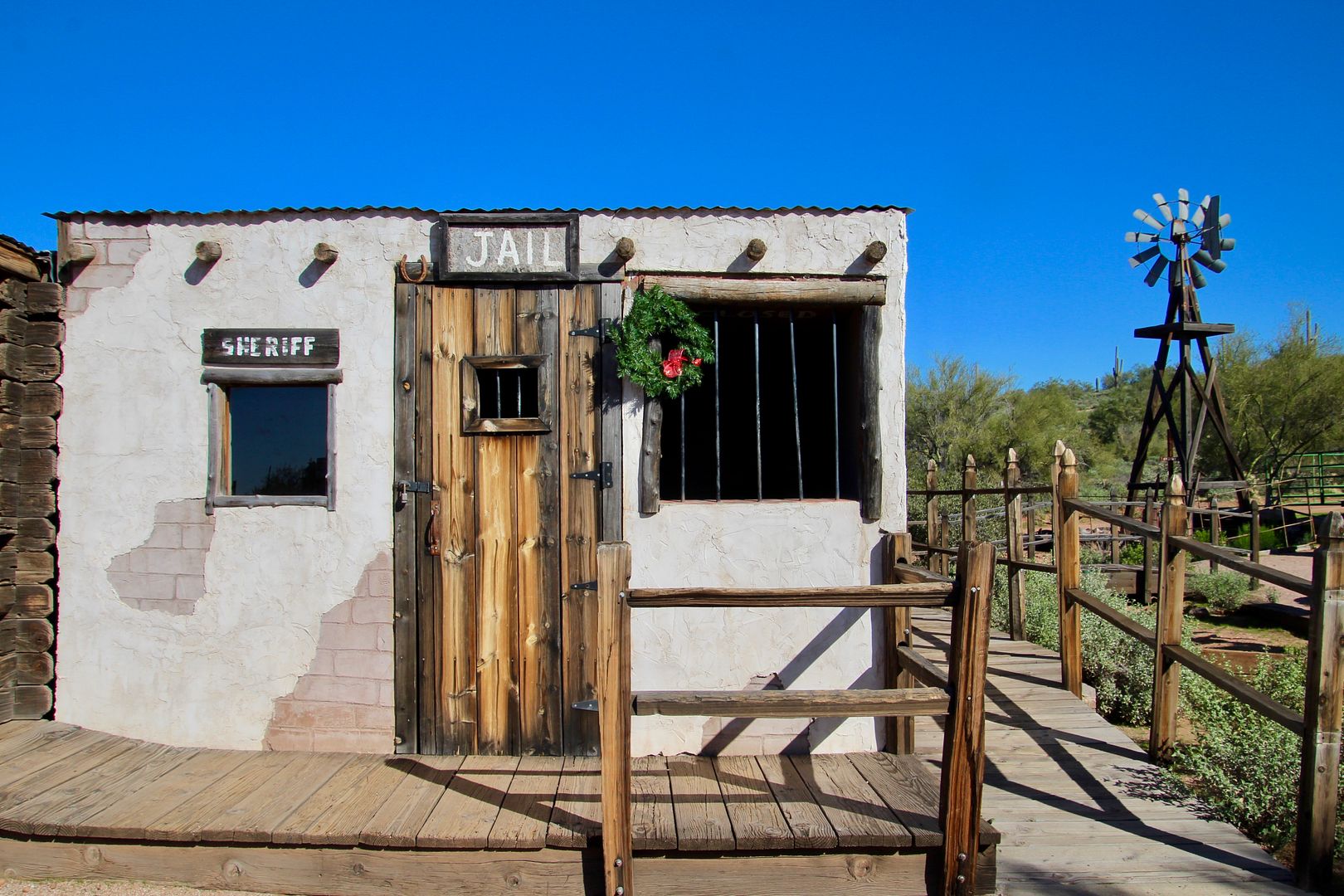
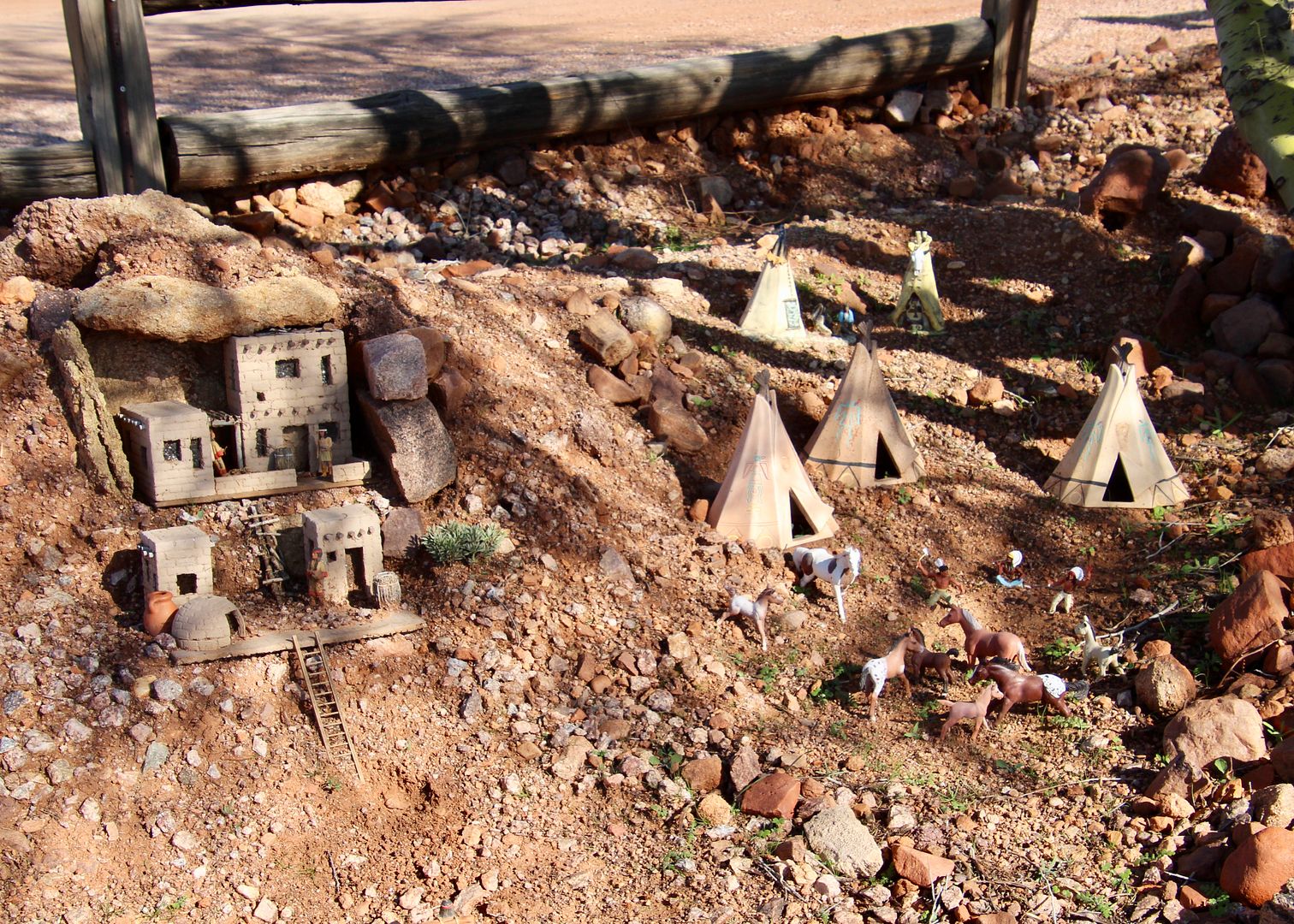
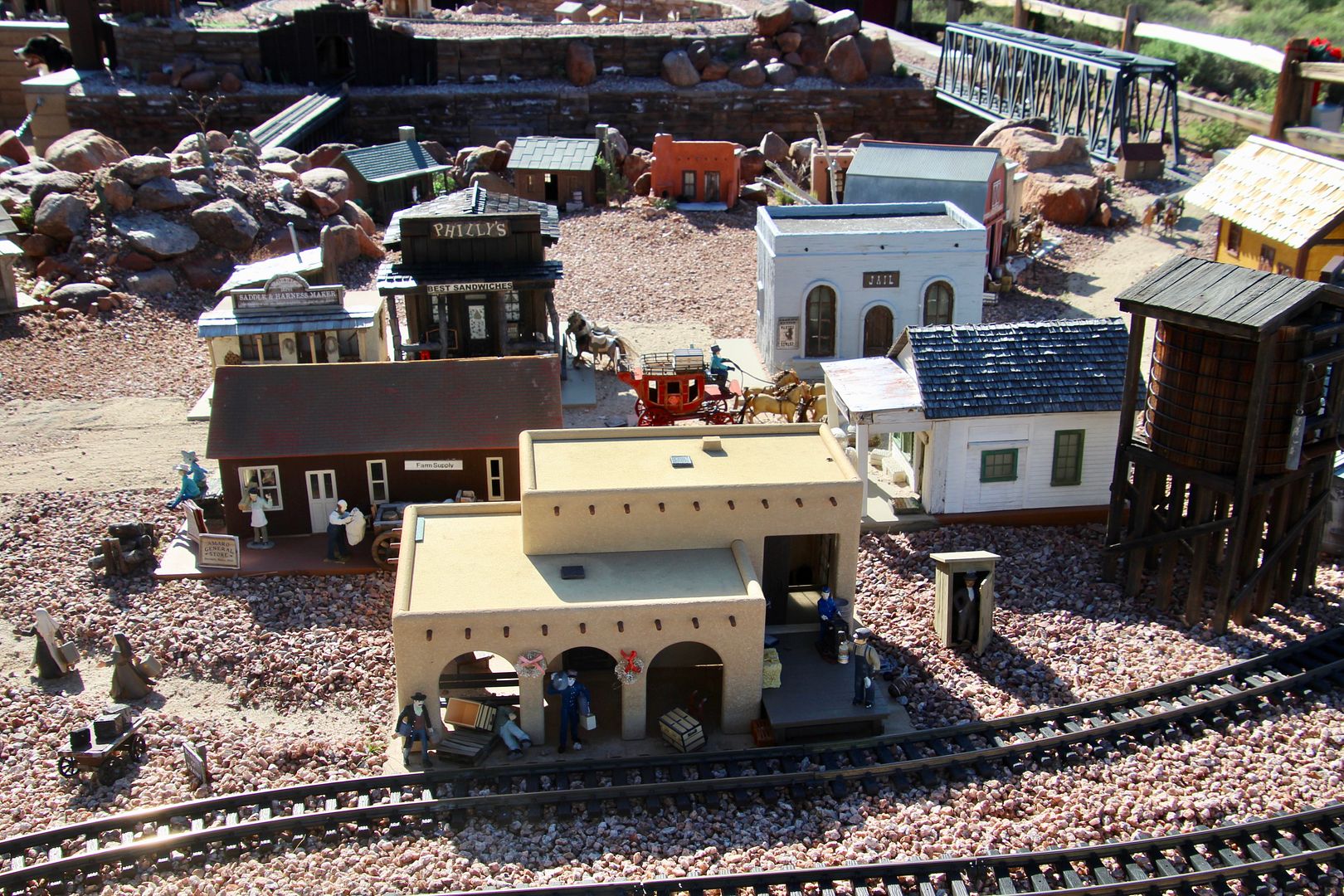
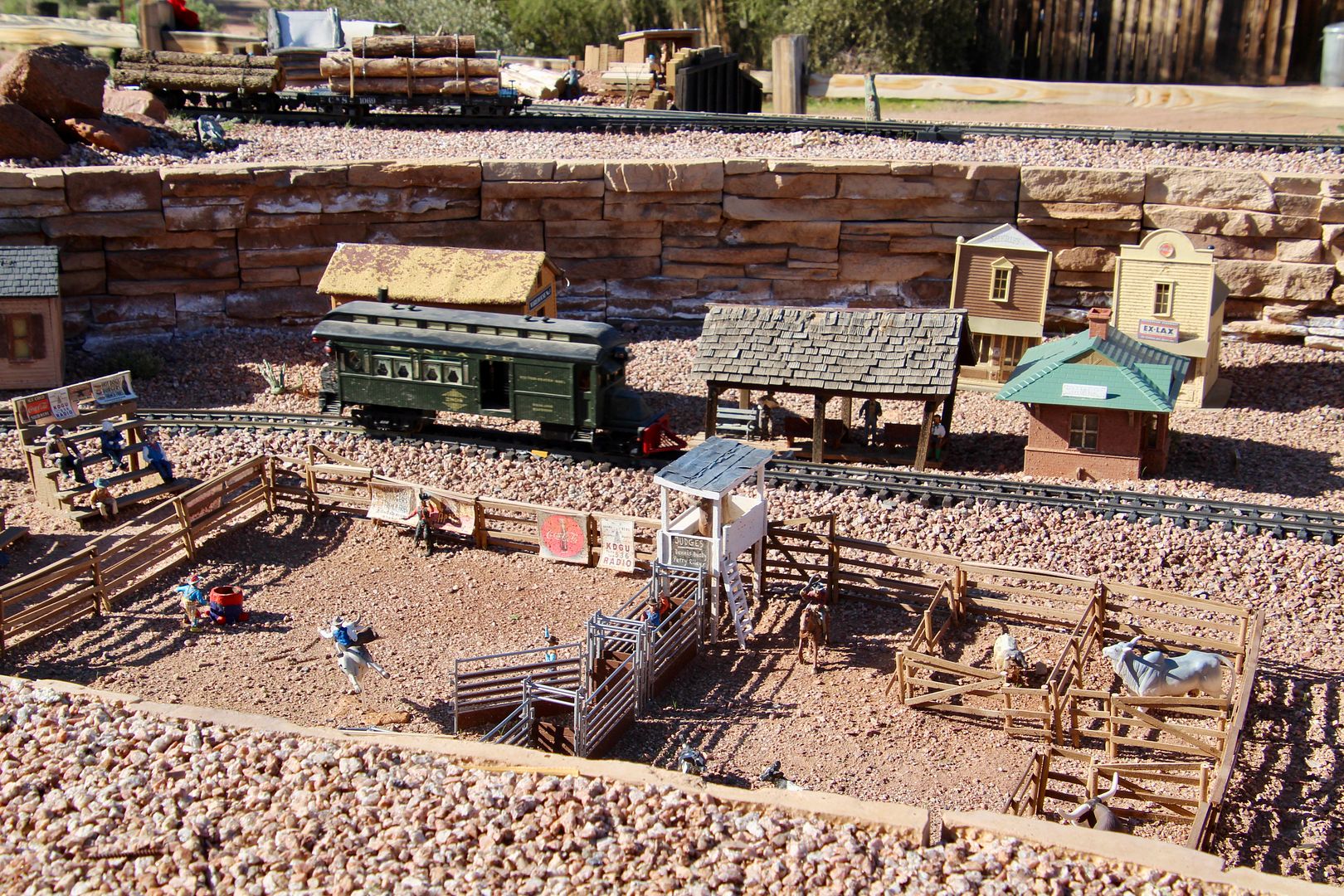

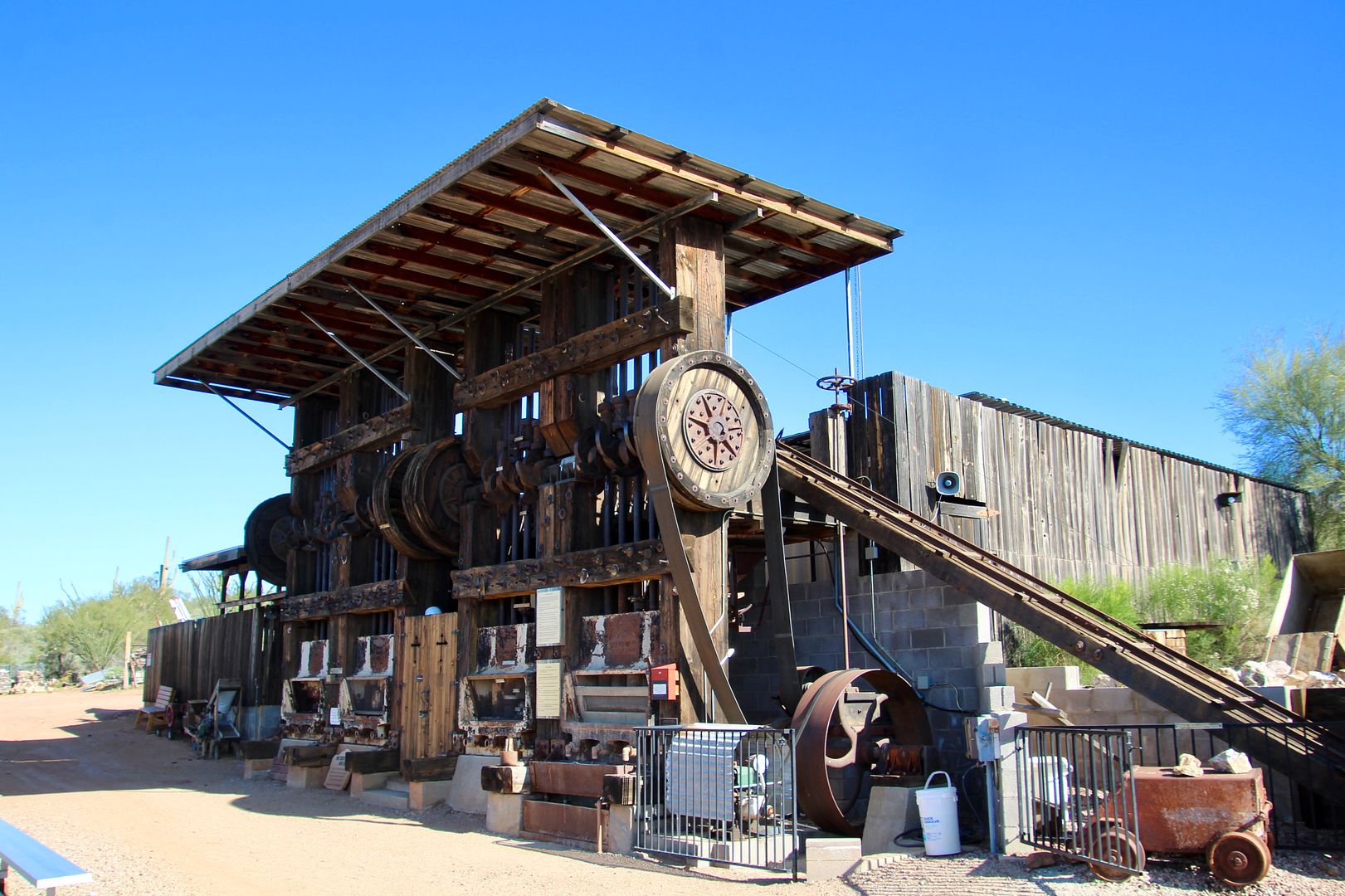
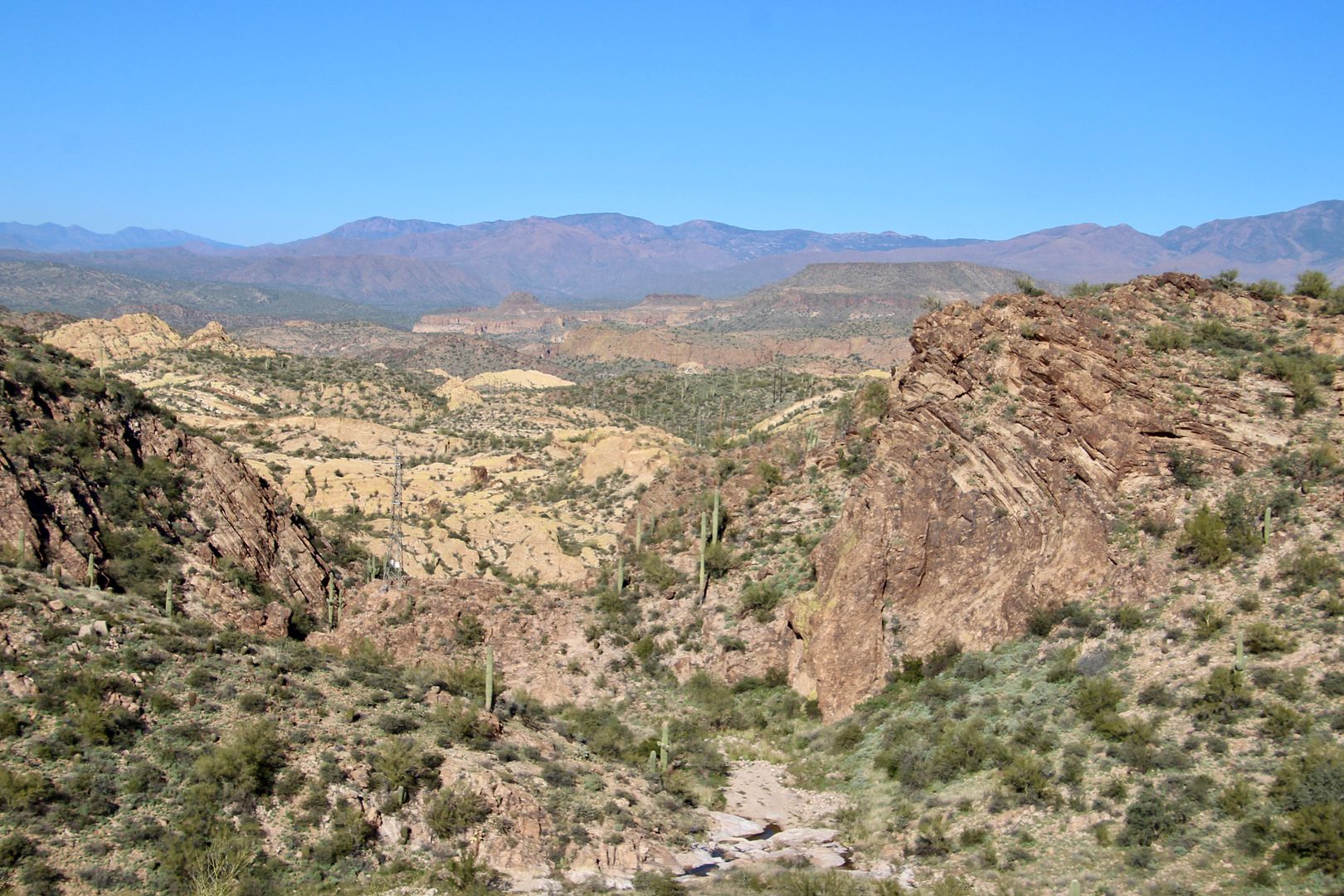
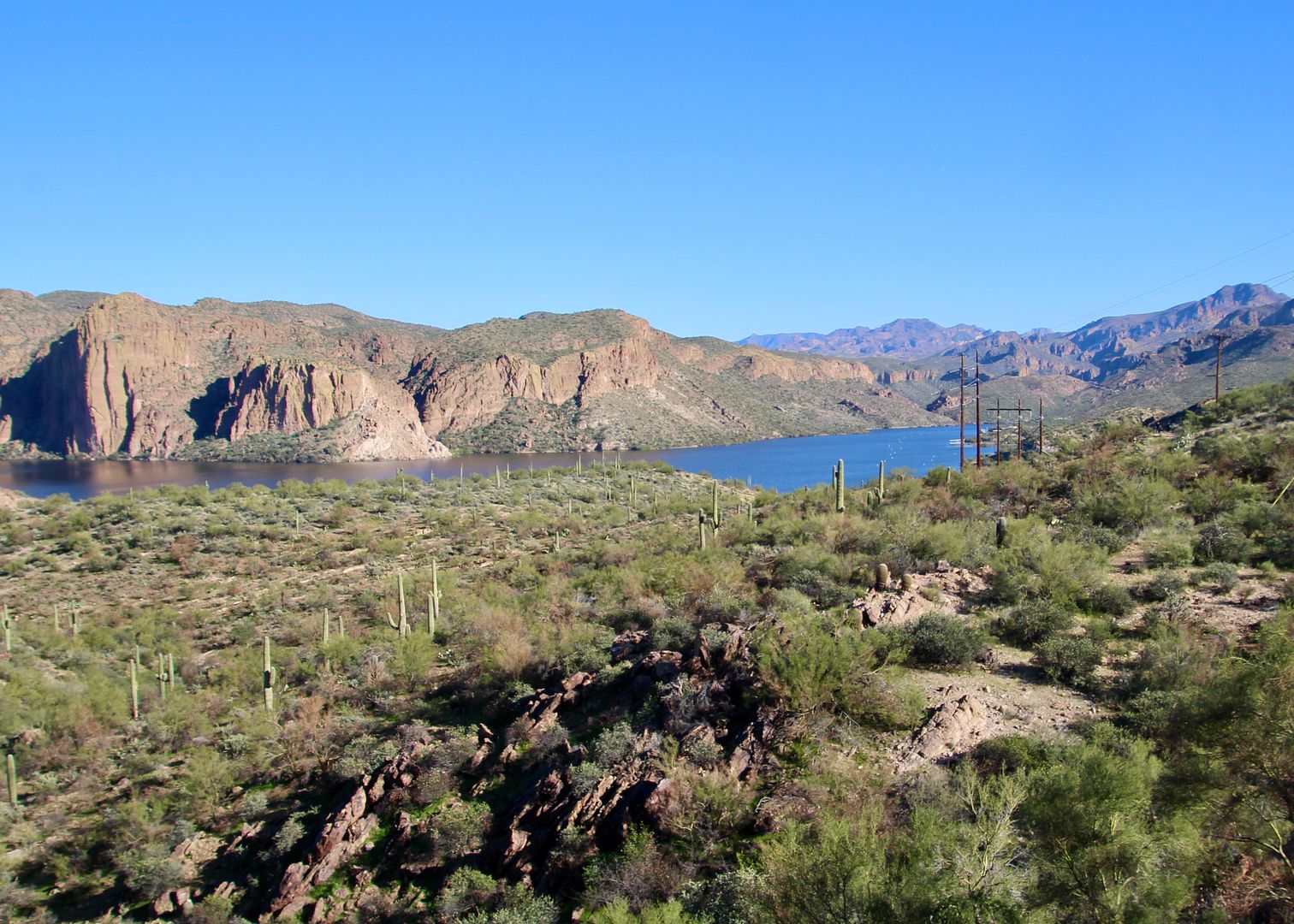
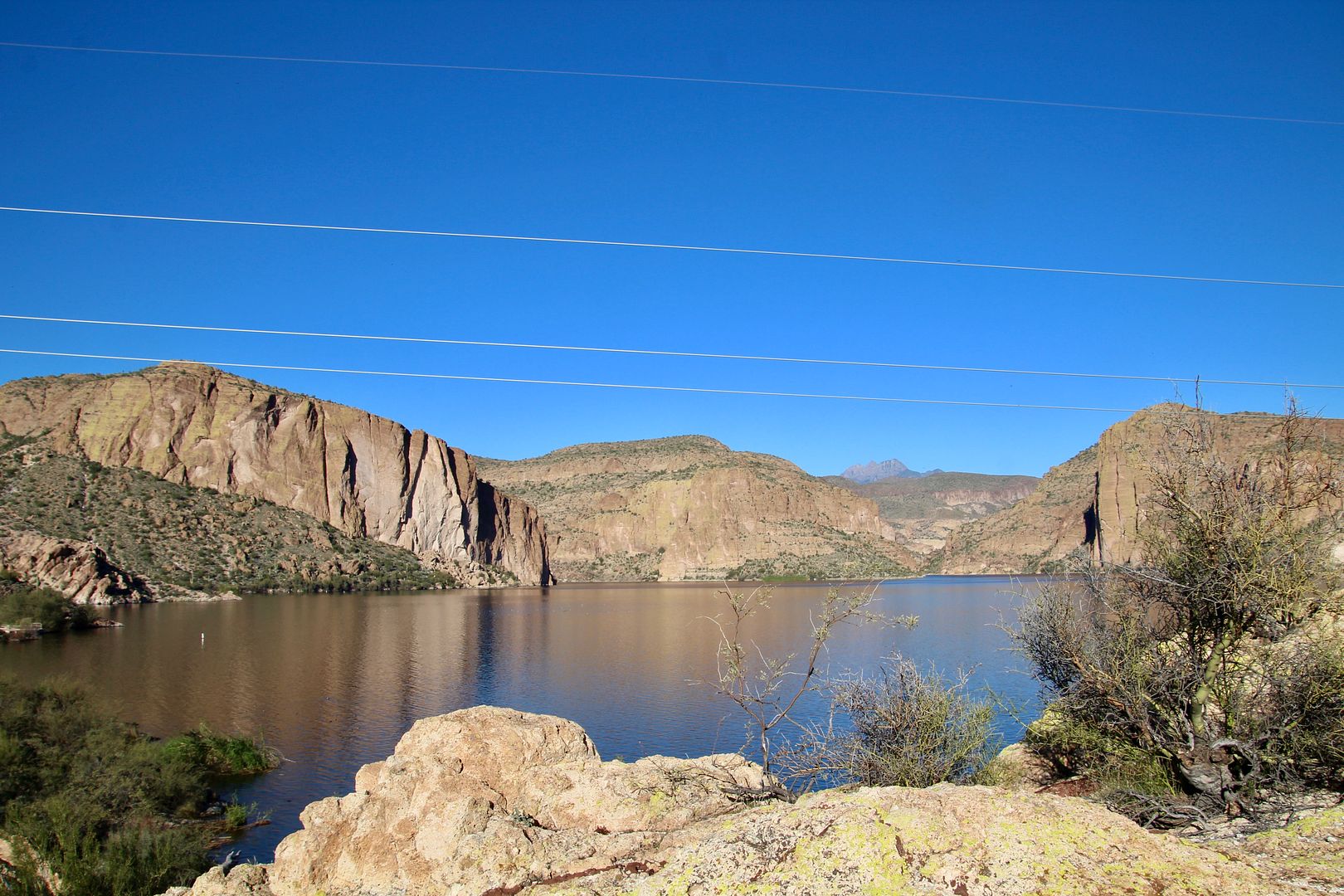
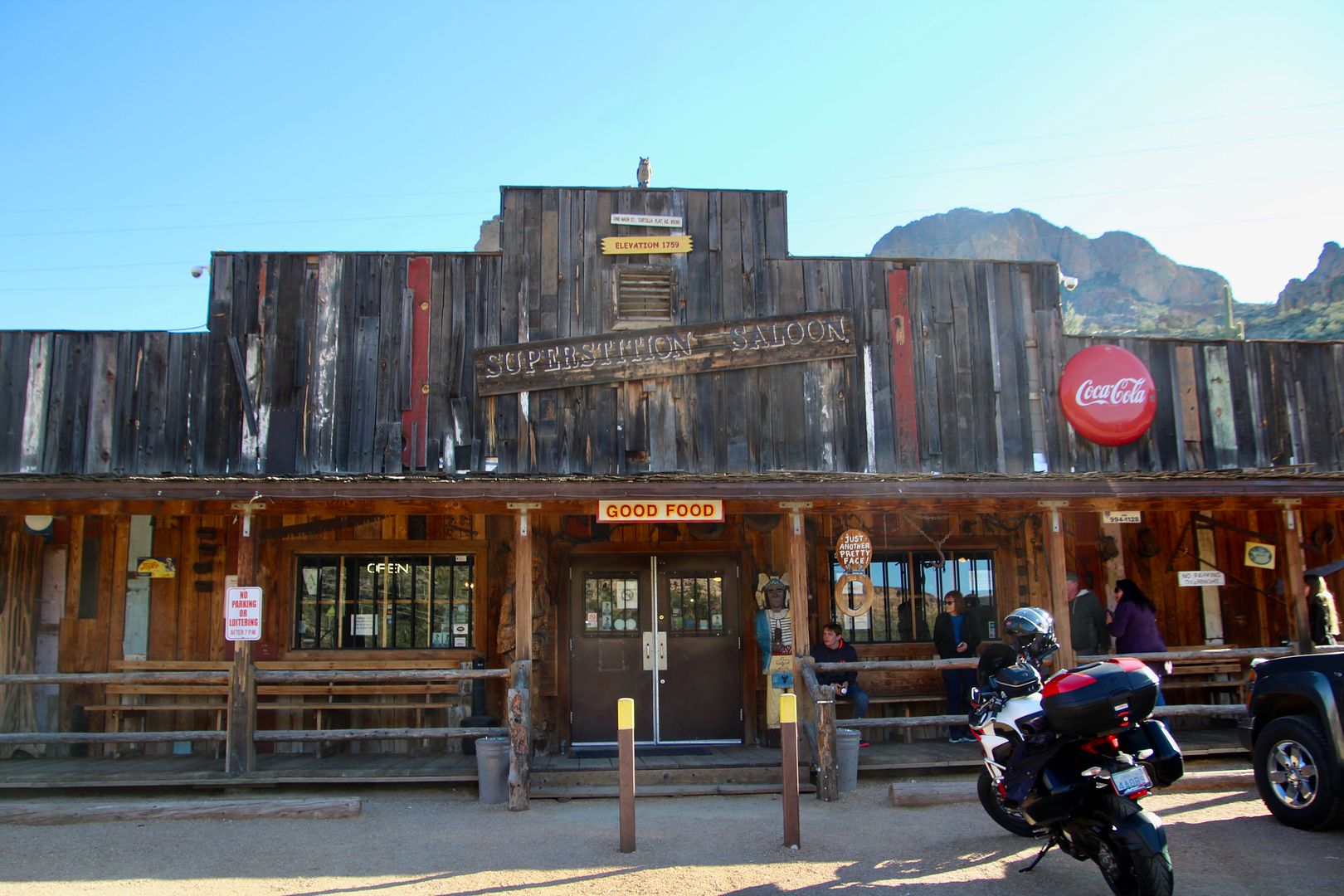
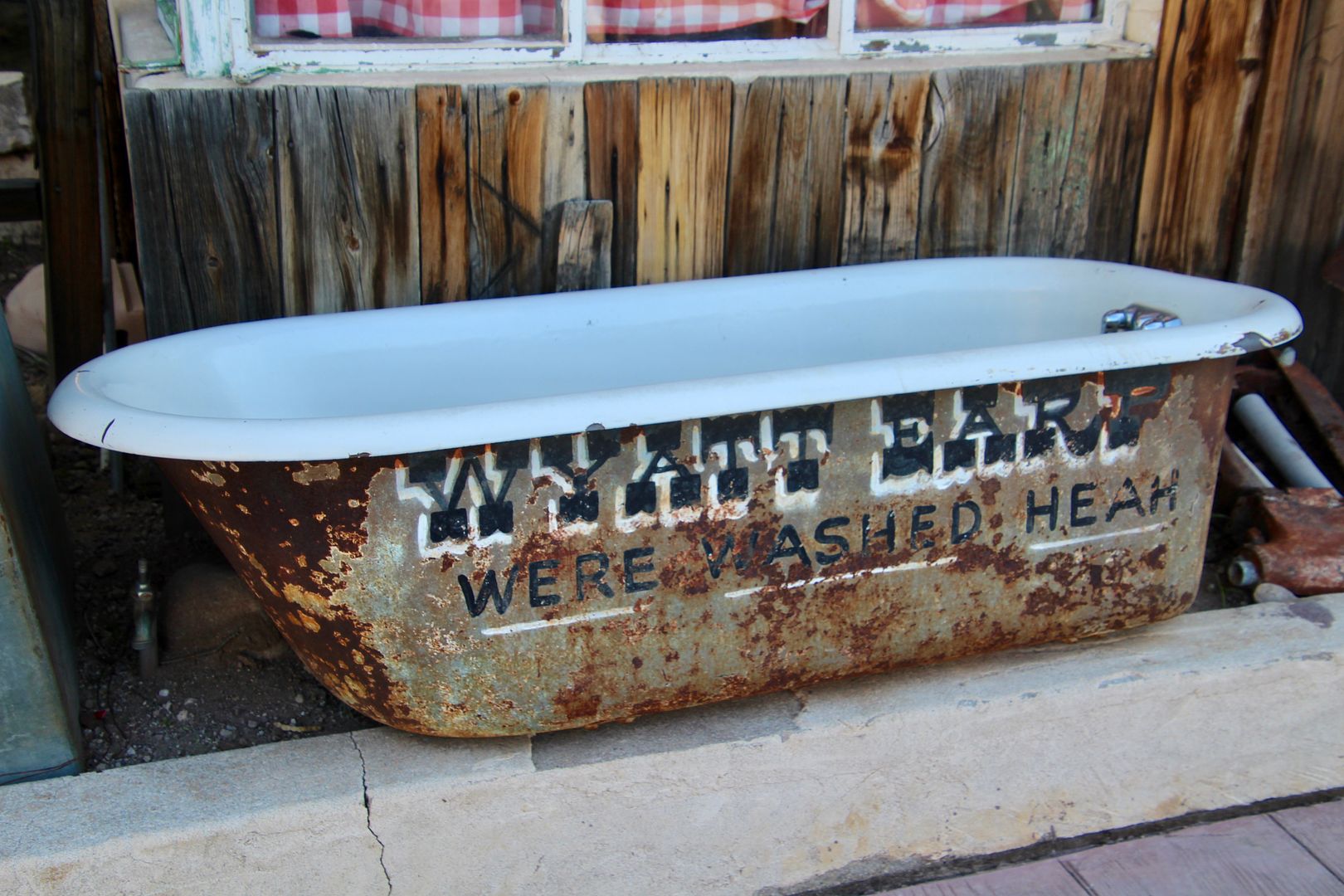

No comments:
Post a Comment